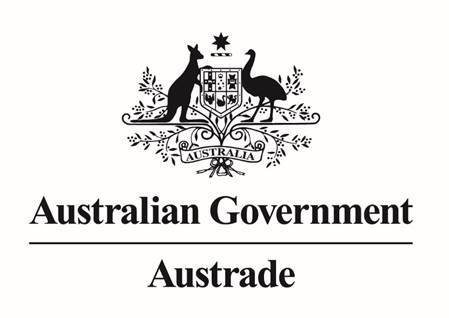- Home
- NT Farmers
Our Projects
Completed Projects
Membership & Partnership
- Growers
- News & Events
- Home
- NT Farmers
Our Projects
Completed Projects
Membership & Partnership
- Growers
- News & Events
Home > Export Readiness

A major challenge for growers can be understanding how to access new markets, a challenging supply chain and having the right tools for exporting. A properly designed export supply chain is instrumental to the success of achieving your business commercial goals.
In 2018 NT Farmers were awarded a Free Trade Agreement – Market Entry Grant Funding Agreement in relation to the Northern Territory Horticultural export market supply chains and to develop exports directly out of Darwin which will allow producers to have a competitive advantage of shortening their supply chain. Export capacity and readiness is a major focus for NT Farmers and can assist in delivering a range of export readiness resources for growers looking to commence exporting or those looking to improve exporting performance.
What are the necessary steps involved in the correct procedures for exporting and interacting with the right agency? Dependent on the commodity these may vary and utilising NT Farmers Association, the representative peak body, Department of Agriculture, Department of Water and Natural Resources, your local government institution, Austrade etc. can assist in preparing you for the export process.
The export process:
2. Check the importing country requirements
3. Submit a Notice of Intention or Request for Permit form and supporting documents
4. For mango export registration
5. Present documents and goods to an Authorised Officer
6. Export your goods (packing and authorising) through an Authorised Officer
NT Farmers acknowledges the traditional owners and custodians of country throughout Australia and acknowledges their continuing connection to land, water and community. We pay our respects to the people, the cultures and the elders past, present and emerging. This website is made possible thanks to the NT Government's Community Benefit Fund